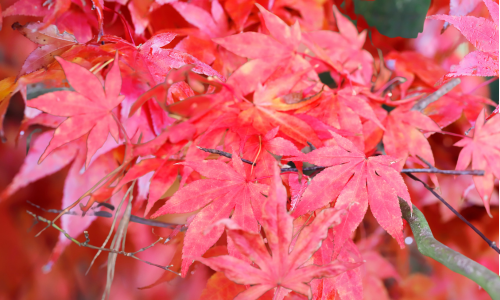
Introduction to Japanese Maple Trees
Japanese Maple (Acer palmatum) is a popular ornamental tree known for its stunning red or purple leaves. These trees can transform any garden or landscape into a magical haven with their vibrant colors and intricate leaf patterns. If you are looking for a tree that offers both aesthetic appeal and easy maintenance, the Japanese maple is a fantastic choice.
Distinctive Features of Japanese Maples
One of the most remarkable features of Japanese maples is their foliage. The leaves come in various hues, ranging from soft reds to deep purples. Throughout the year, these colors can change, offering a dynamic visual experience. Additionally, the leaves’ unique shapes, with their finely divided lobes, add a delicate and intricate aspect to the tree’s overall appearance.
Growing and Caring for Your Japanese Maple
Growing a Japanese maple tree requires some basic knowledge to ensure it thrives. These trees prefer partial shade and can tolerate full sun in cooler climates. Well-drained, slightly acidic soil is ideal for their growth. Regular watering, especially during dry spells, will help maintain their health. Pruning should be done sparingly and primarily during the dormant season to enhance their natural shape.
The Perfect Addition to Your Landscape
Japanese maples are versatile and can be used in various landscape settings. Whether as a focal point in a garden, a complementary plant in a mixed border, or even as a potted tree on a patio, they bring a touch of elegance and tranquility. Their moderate size also makes them suitable for small gardens and urban spaces.
In summary, the Japanese maple (Acer palmatum) is more than just a tree; it is a piece of living art that can add profound beauty and charm to any outdoor space. With their stunning red or purple leaves and graceful presence, Japanese maples are a worthy addition to any garden enthusiast’s collection.

diet plate
Thank you very much for the heads up, we will look into it.